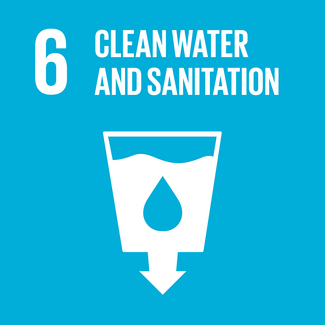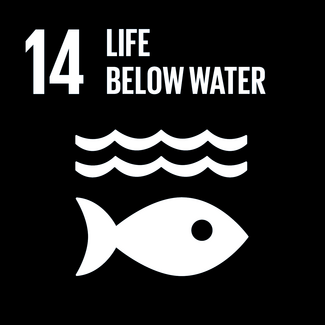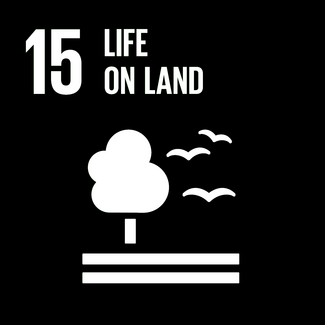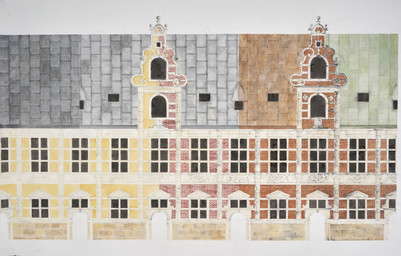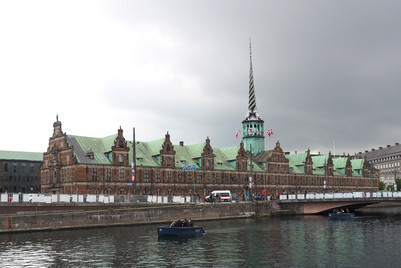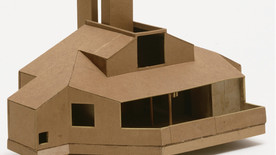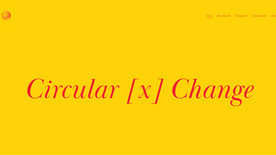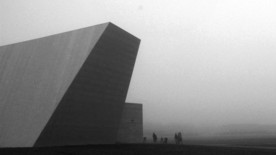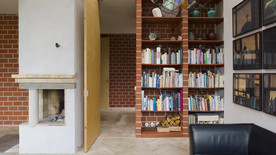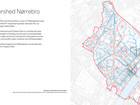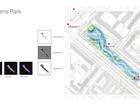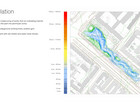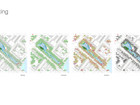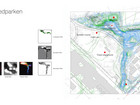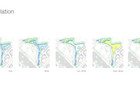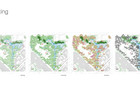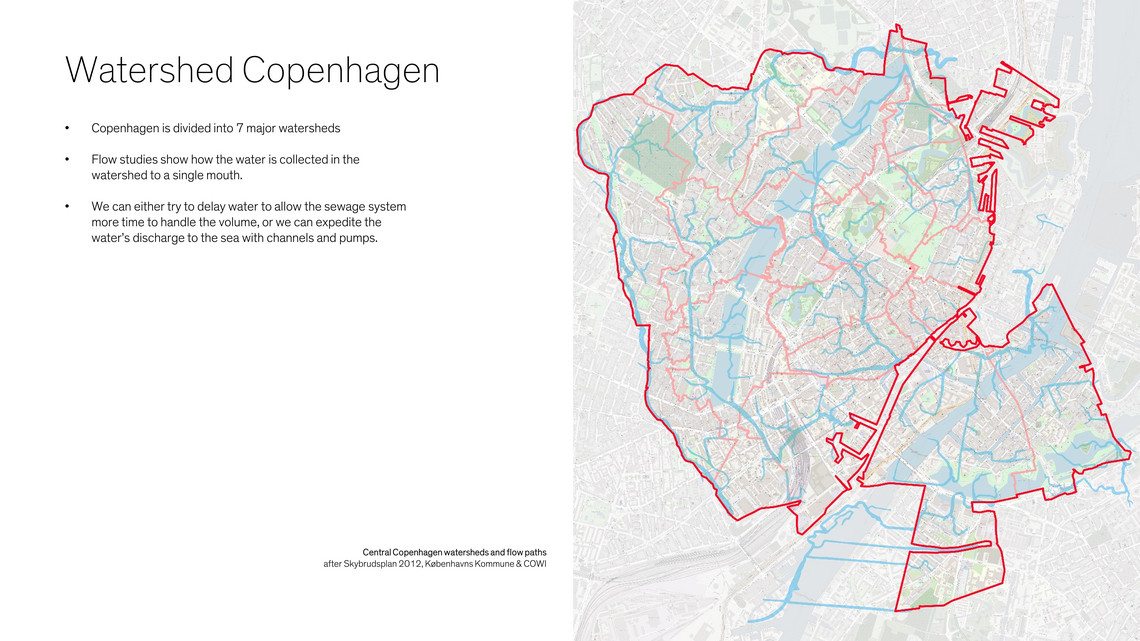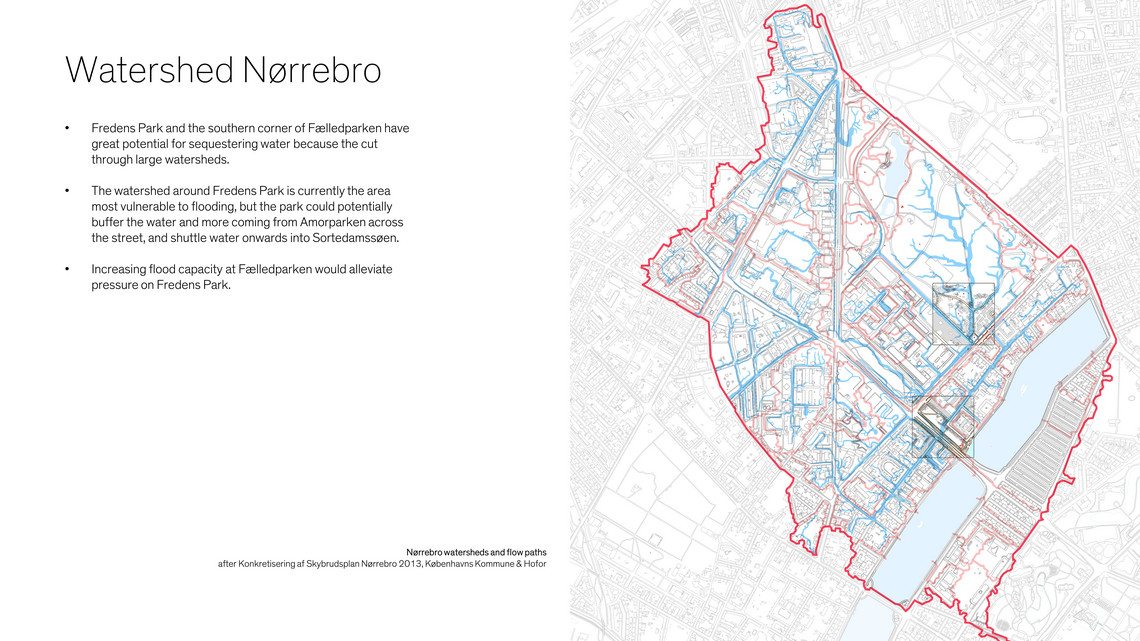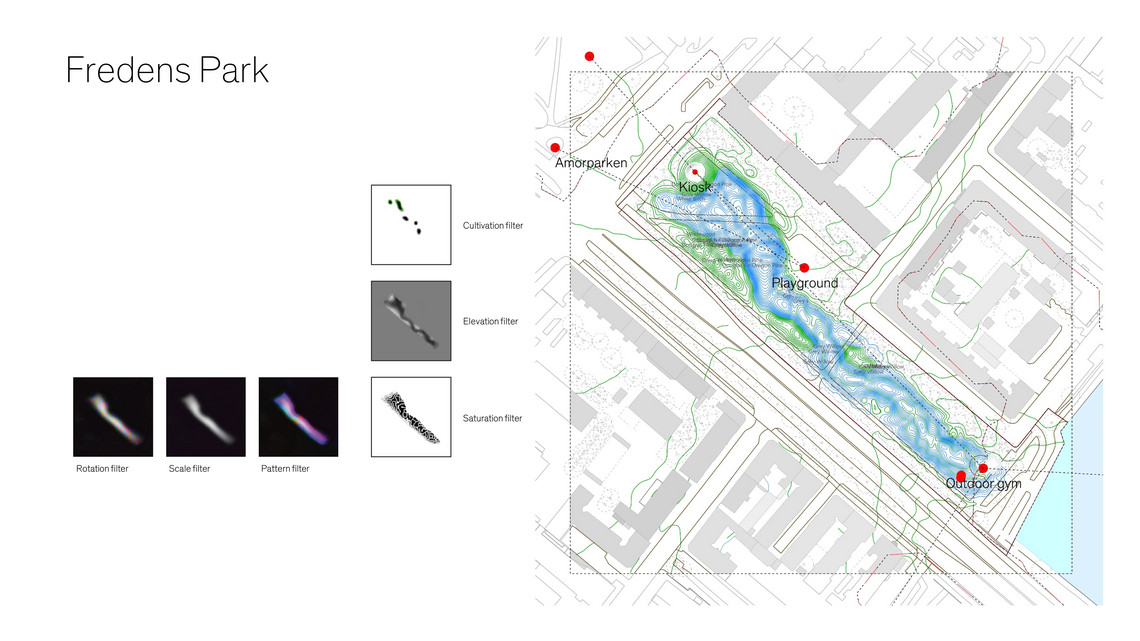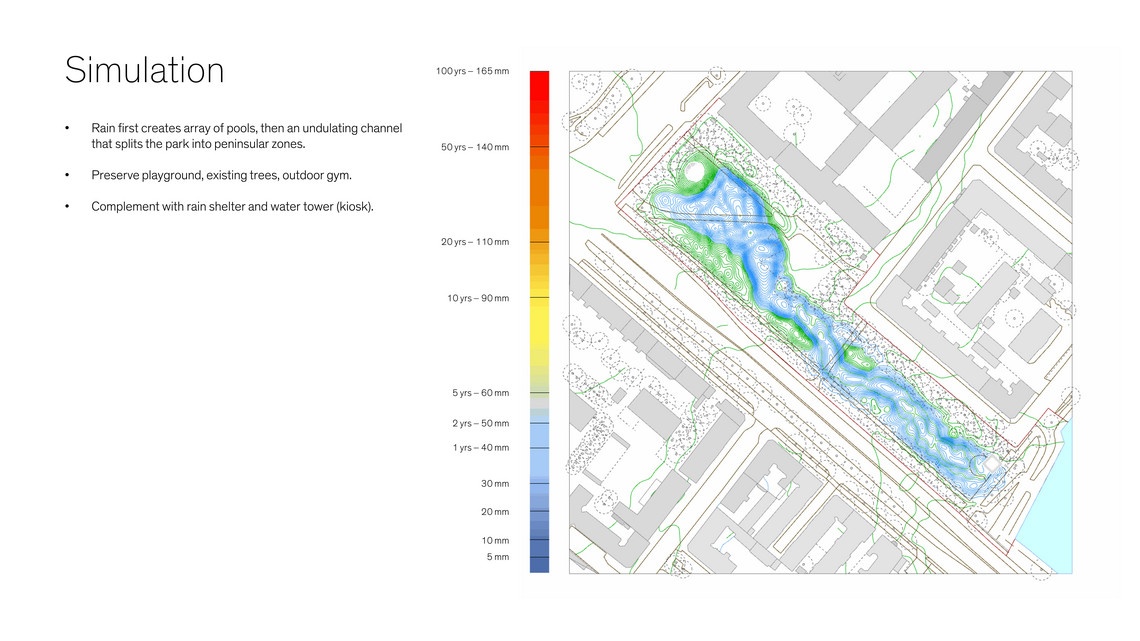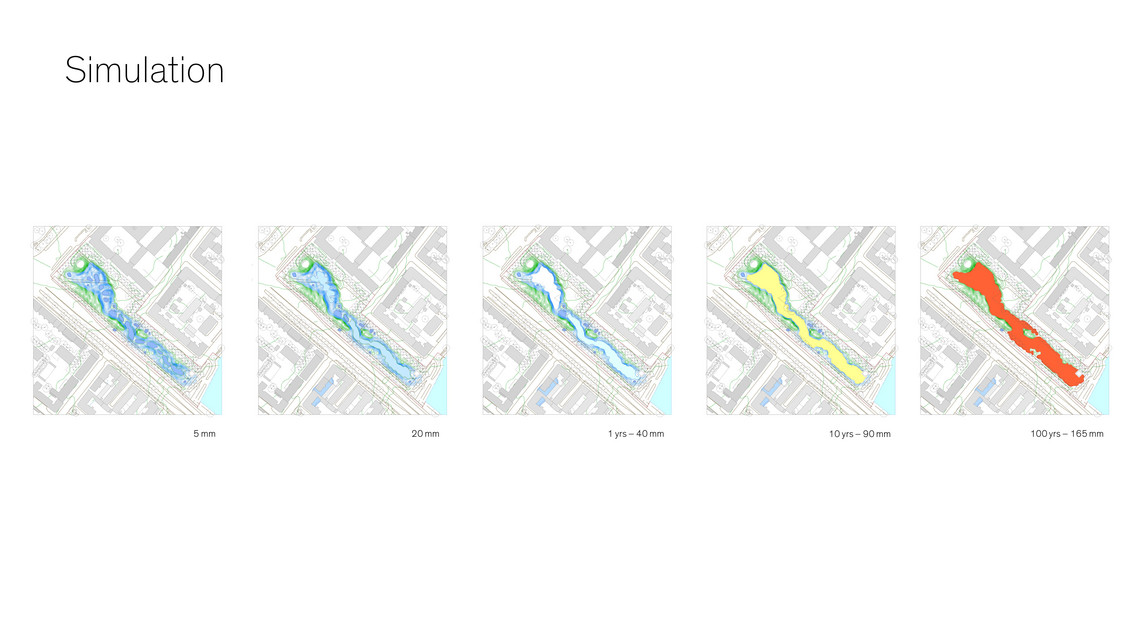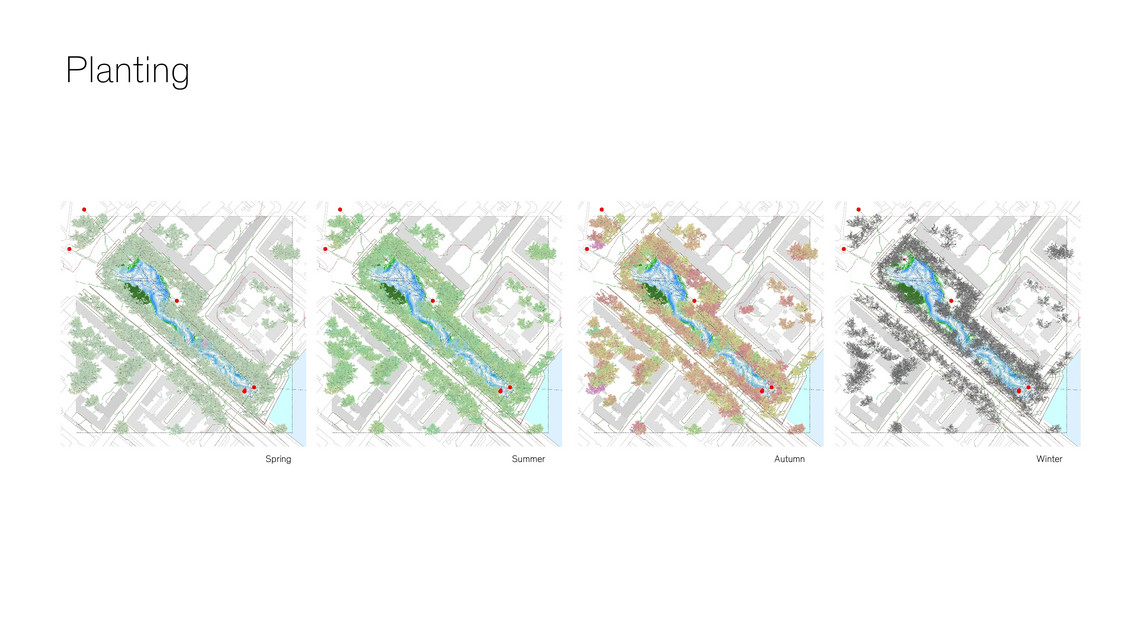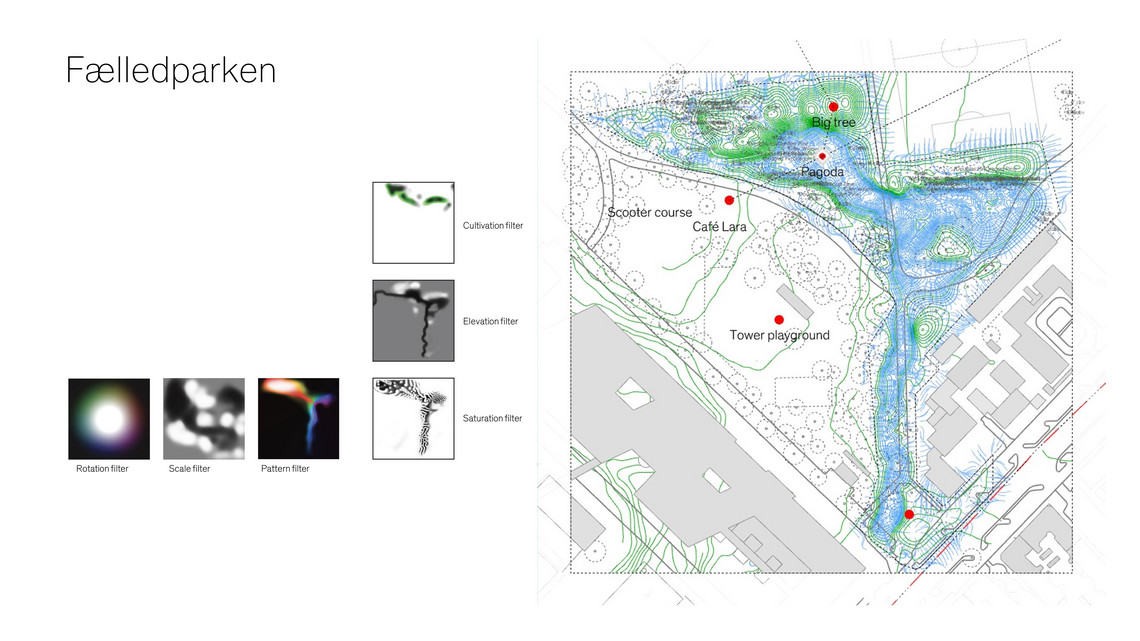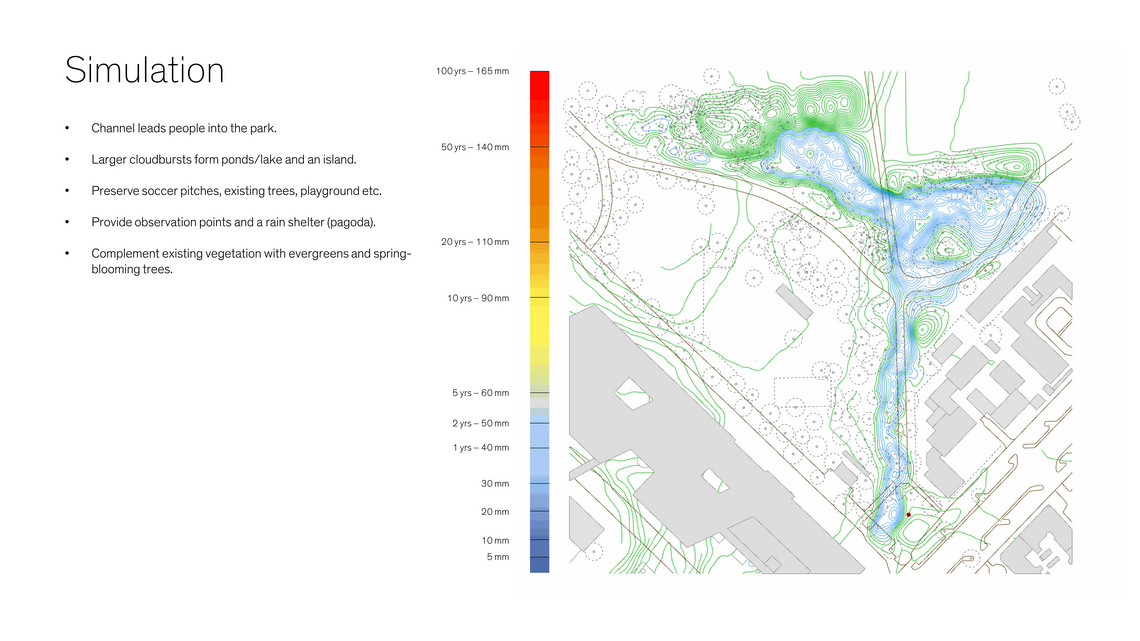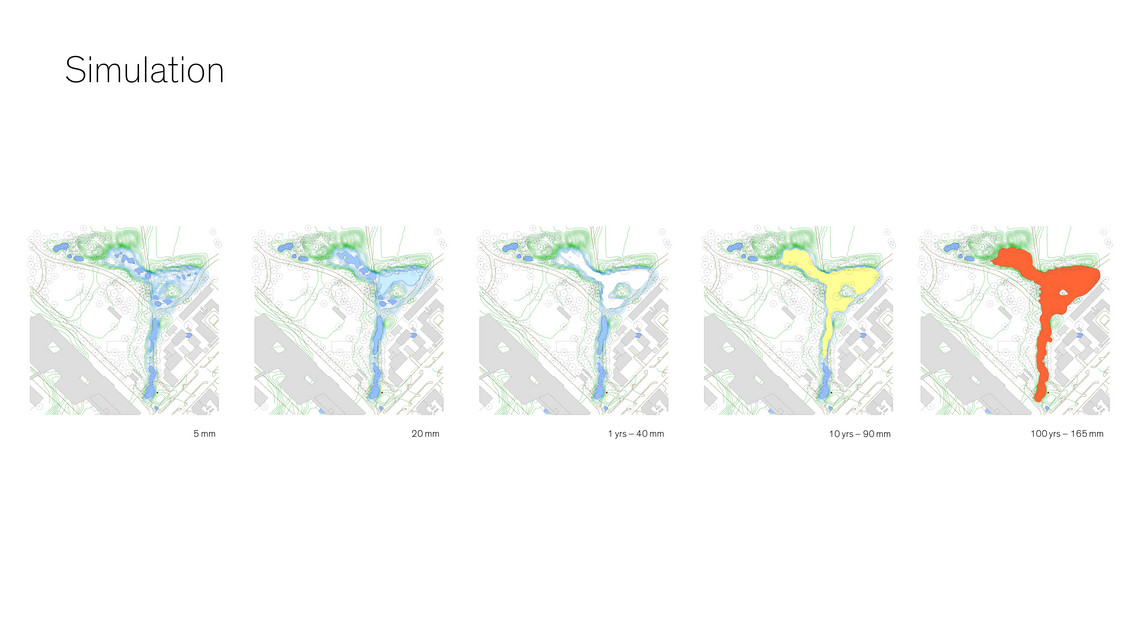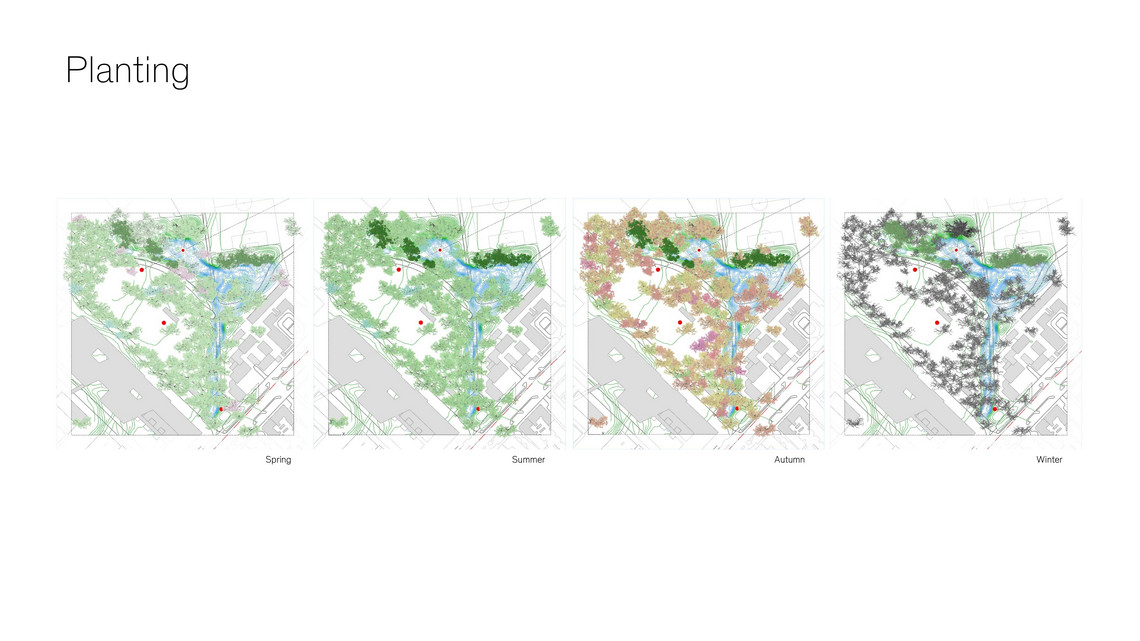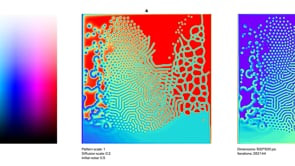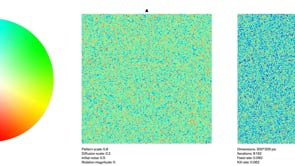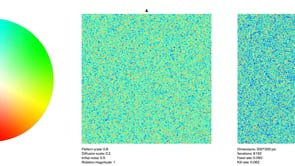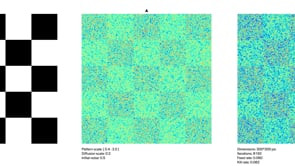

Architecture as Elemental Computer
Increasingly extreme weather prompts cities to expand their stormwater capacity. Imagined as an urban park, this project formulates a self-regulating architecture in dialogue with earth and sky. A mercurial landscape emerges by leveraging hydraulic principles to embed logic directly into the terrain – a space that responds to both the elements and its occupants, while making the most of the rain.
Embedded logic in dialogue with the genius loci
In extension of the ubiquitous architect-programmer analogy, this project investigates the prospects of embedding computational logic directly into components at the architectural scale, exchanging the electronics of conventional computing with hydraulics and fluidics. A self-regulating architecture positioned in active dialogue with its meteorological, hydrological and geological conditions is formulated by imposing logic on natural occurrences of water.
A functional vocabulary is developed to compute water of different quantities and dynamics. Potential implementations are exemplified in terms of dynamic architectural programmes and watershed management.
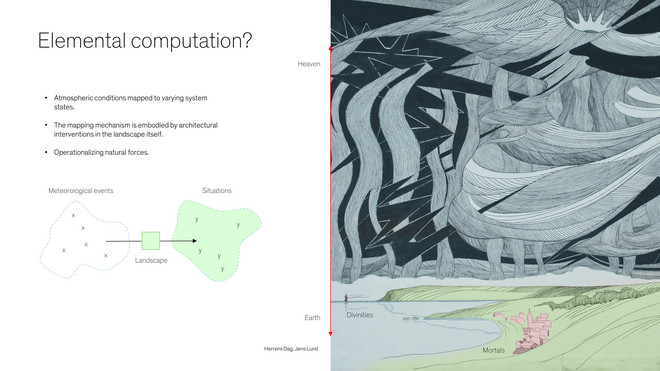
Unconventional computing with hydraulic principles
This project focuses on water because of its natural abundance, its mercurial versatility, and its predominant role in shaping our environment and setting the conditions of life. While fluidic logic is a developing technology on the microscale and hydraulics has ever been used to control surface water at the infrastructural scale, this project positions itself uniquely at the architectural scale, merging fluidic computational logic with hydraulic engineering principles.

Stormwater management
Global warming is causing increasingly erratic weather. Expectations of more extreme precipitation are prompting cities to expand their stormwater management capacity. Left unchecked, flooding caused by cloudbursts can damage property and city infrastructure.
When the sewage system gets overloaded polluted water passes directly into to ocean, with detrimental effects to the environment.
The city of Copenhagen launched a major effort to expand stormwater capacity in 2012, with some 300 projects in the pipeline.

Design Devices
A collection of design tools were developed to enact a park program in accordance with classic garden design principles and the conditions imposed by the watershed management strategy.
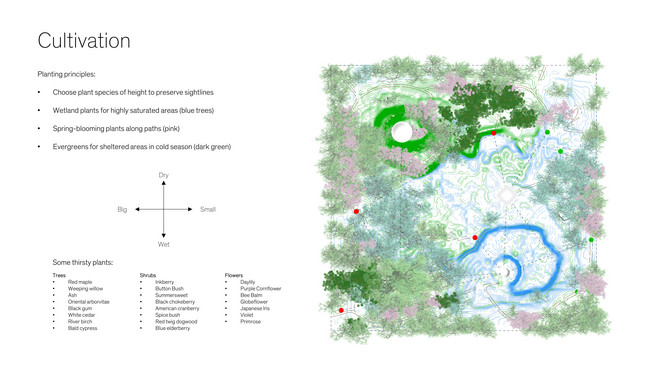
In vitro
The developed toolset was synthesized in an ideal situation conceived as a modern take on the traditional English garden.

In situ
For evaluation the toolset was tested against two real-world situations that are critical to Copenhagens stormwater protection strategy.
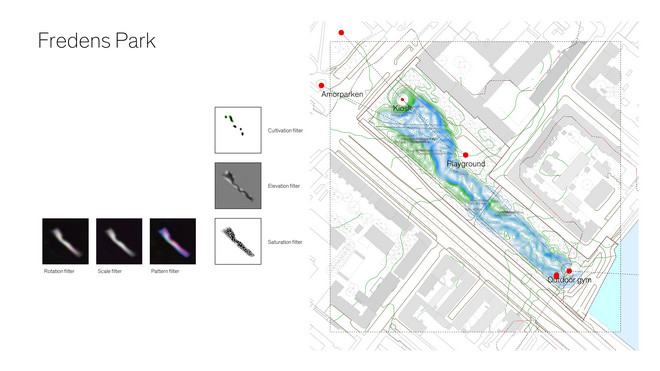

Controlled Reaction-Diffusion
Reaction-diffusion was employed as a method to generate detailed meshes with a high degree of control and variability. A tool was constructed to allow the user control the reaction by painting a filter in photoshop. This required taking control of the simulation. The first step was to remap the parameter space of the function to a more intuitive linear domain.
Diffusion gradient rotation
Additional user control was added to the simulation by implementing local rotation of the diffusion gradient. This is also controlled by a painted filter. The Examples below show the same rotation filter applied at various strengths.

Wavelength scaling
A final filter allows the user to locally control the scale of the diffusion-reaction wavelength.
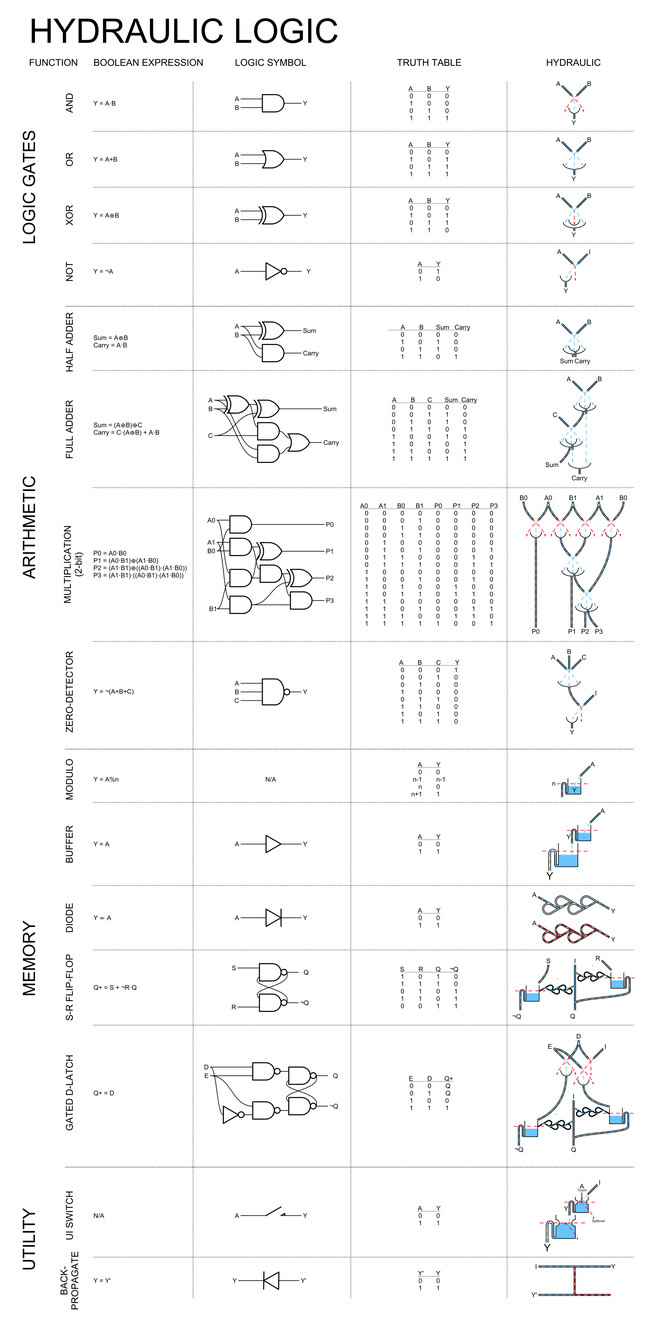
Det Kongelige Akademi understøtter FN’s verdensmål
Siden 2017 har Det Kongelige Akademi arbejdet med FN’s verdensmål. Det afspejler sig i forskning, undervisning og afgangsprojekter. Dette projekt har forholdt sig til følgende FN-mål
